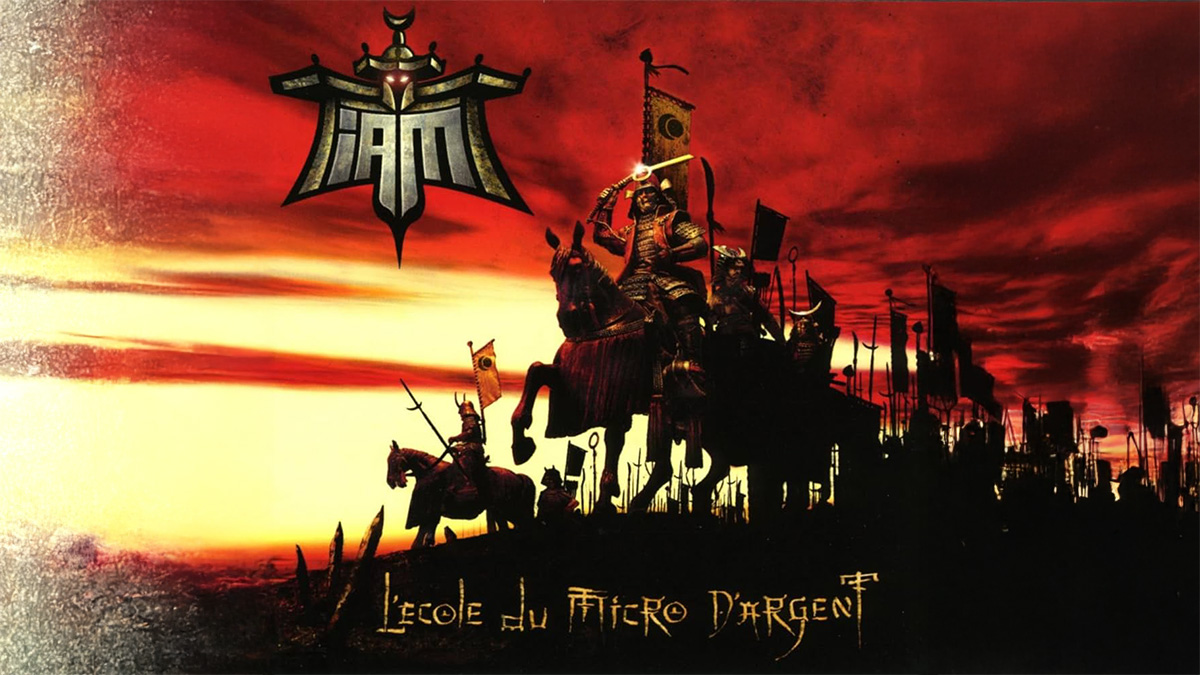I. In the Beginning: IAM, a Unique Identity and a Popular Literature
Just as the Wu-Tang Clan drew from kung-fu cinema and Shaolin imagery, IAM built a poetic mythology rooted in a Marseille and Mediterranean context. Our data confirms that IAM is the lexically richest Marseille act: high TTR (~0.16), over 6,000 hapax, strong Guiraud and Brunet scores. Their lyrics are filled with mystical and spiritual references (religion, philosophy) intertwined with social and political commentary.
This identity is inseparable from its context: at the time of their landmark albums, rap was part of a global Hip-Hop movement (graffiti, DJing, dance, rap) in full expansion. The French rap audience then was diverse: students, suburban youth, activists — politicized listeners seeking cultural identity.
Seminal albums like L’école du micro d’argent, Quand on allait tu revenais, Sad Hill, and Independenza represent a form of popular literature blending erudition with urban storytelling. IAM never glorified violence: Un cri court dans la nuit, for instance, offers a critical reflection instead. Our indices show high rebellion (explicit criticism of the State/France/police) and restrained violence compared to later generations.
II. Fonky Family: Fully Stepping into Social Protest
With Fonky Family, Marseille rap shifted away from IAM’s mythical posture toward a rawer focus on the hardships of everyday life: injustice, hustling, the scars of working-class neighborhoods. Our study finds their lexical richness lower than IAM but still solid (TTR ~0.135; thousands of types and hapax), with a sharp increase in violence index coupled with a clearly assertive rebellion.
Their audience reconfigured in the late 1990s–early 2000s: working-class youth, Marseille’s cités, and a nationwide public drawn to the rage of the ghetto. Their rap became more direct and identity-driven, while still carrying IAM’s social clarity. The punchline from Sans rémission — “Les coups faciles et foireux, foutaises, je laisse à Scorsese” (“Cheap shady tricks, nonsense — I’ll leave those to Scorsese”) — encapsulates their stance: art as an alternative to hustles gone wrong, authenticity over shortcuts.
III. Psy4 de la Rime: Introspection, Guilt, and Self-Assertion
For Psy4 de la Rime, our analysis shows an intermediate level of lexical richness (lower than IAM and FF but good to solid; TTR ~0.15), with a new spiritual field emerging (God, guilt, forgiveness). Balancing confession and self-assertion, tracks like On fait mais on sait and Le message weave vulnerability and pride. Social and political rebellion doesn’t vanish — see Jeunesse France and Les Cités d’or — but it becomes intertwined with intimate themes.
Sociologically, the 2000s marked mass adoption (CDs, TV, downloads): the audience became mostly teenagers and young adults, with a growing female fan base. Our data shows that emotional and relational themes, prominent in Psy4’s music, broadened their reach beyond strictly street audiences.
IV. Jul: Full Democratization and Marseille’s Pop-Rap
With Jul came the turning point: the so-called “Jul sound” became a benchmark, exported well beyond Marseille. According to our measures, Jul is the least lexically rich (TTR ~0.09; fewer types overall), but his strength lies in a simple, popular, repetitive lexicon built for hooks and oral delivery.
Jul’s rap is self-centered and subjective: personal experiences, street scenes acted out in clips, raw emotions. Our indices place his rebellion lower than previous generations (few direct critiques of State/France/police), while his verbal aggression ranges from moderate to high depending on the project but is less central than emotional storytelling.
The impact is massive: Jul has become the best-selling French rapper of recent years, uniting all social classes and all generations, from the suburbs to city centers. Marseille rap moved from counterculture to mainstream culture, with Jul embodying pop-rap.
V. What Our Study Reveals: Key Findings
- Lexical richness: IAM > Fonky Family ≈ Psy4 > Jul.
- Rebellion: High in IAM & FF; medium in Psy4; low in Jul.
- Violence: spikes with FF; moderate in Psy4; variable in Jul.
- Common fields across 1990s–2020s: money, weapons, police, France, suburbs — rap’s core DNA.
| Artist | TTR ~ | Hapax (approx.) | Rebellion | Violence | Traits |
|---|---|---|---|---|---|
| IAM | ≈ 0.16 | > 6,000 | High | Restrained | Mystical references, popular literature, critical stance |
| Fonky Family | ≈ 0.135 | ≈ 5,000–6,000 | High | High | Direct protest, identity-driven, authenticity |
| Psy4 | ≈ 0.15 | ≈ 4,000–5,000 | Medium | Moderate | Introspection, guilt/faith, emotional storytelling |
| Jul | ≈ 0.09 | ≈ 3,000–4,000 | Low | Moderate/variable | Simple lexicon, catchy hooks, personal narratives, pop-rap |
VI. Audience Sociology: A Parallel Shift
- 1990s (IAM): countercultural audience (students, politicized youth, activists). Rap as a full movement (graff, DJing, dance, rap).
- Late 1990s–2000s (FF): focus on working-class youth and cités; “ghetto rage” resonates nationally.
- 2000s (Psy4): mass adoption (CDs, TV, downloads); mainly teen/young adult audience, growing female listeners.
- 2010s–2020s (Jul): total democratization; all classes/generations; rap becomes dominant popular music.
Conclusion
The history of Marseille rap shows a clear trajectory: from IAM’s scholarly popular literature, to Fonky Family’s direct social protest, to Psy4’s emotional introspection, and finally Jul’s mainstream pop-rap. Lexical richness declines as accessibility rises, mirroring audience growth. From counterculture to common culture, Marseille rap has remained anchored in its invariant lexical fields (money, weapons, police, France, suburbs) — the enduring DNA of the genre.
